Local Column
COLUMN
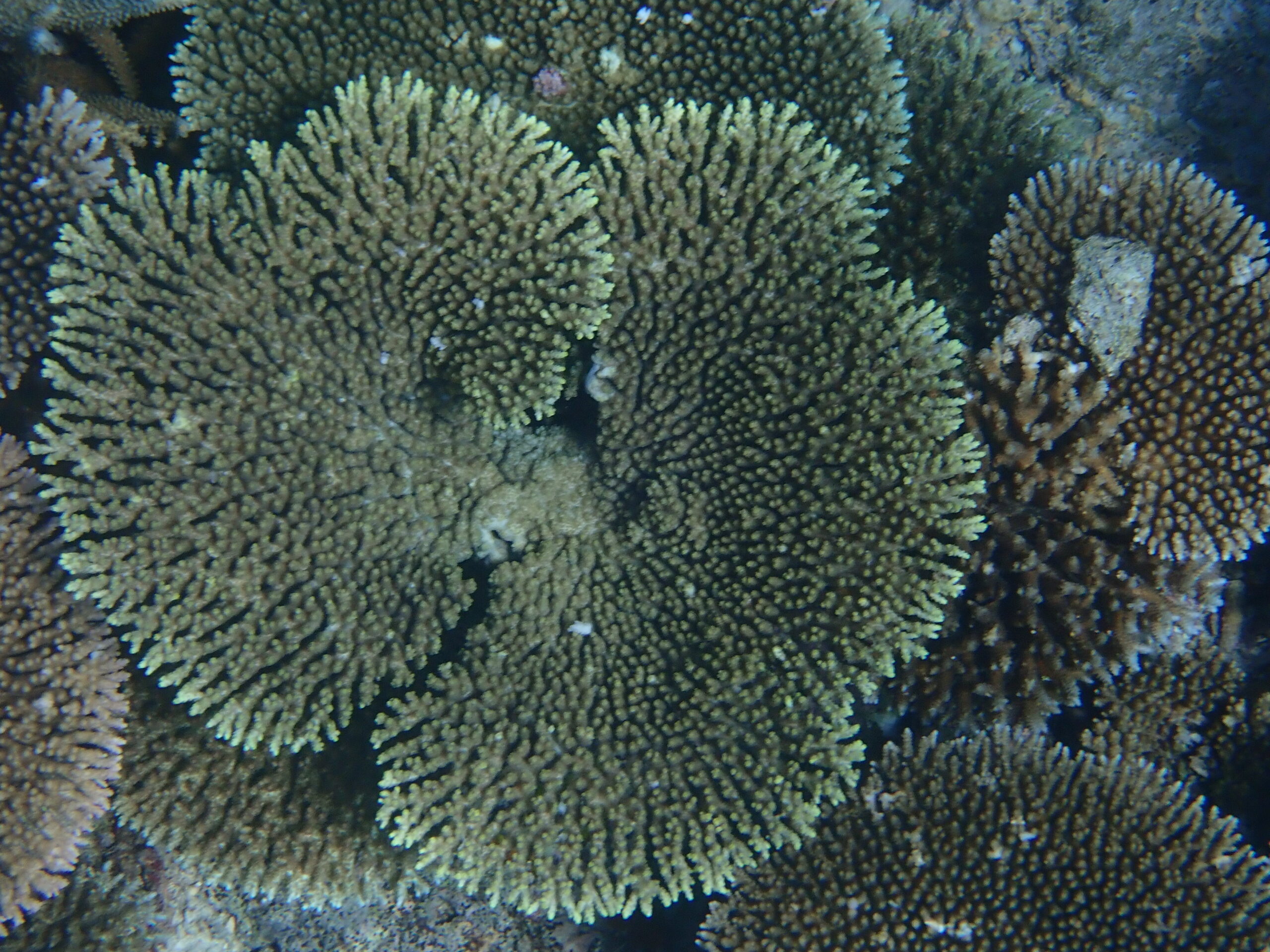
Real dragon's palace experience surrounded by colorful corals in Iriomote Island
目次
See countless coral reefs on Iriomote Island!

It is said that there are about 800 species of corals living in the world.
Among them, there are about 350 species of corals living in the sea around Okinawa Prefecture.
This means that nearly half of the coral species can be said to live in the ocean around Okinawa Prefecture.
Incidentally, it is said that there are about 300 species of corals living on the famous Great Barrier Reef.
Thus, it can be said that the sea around Okinawa is an area where many types of corals inhabit, even if only on a global scale.
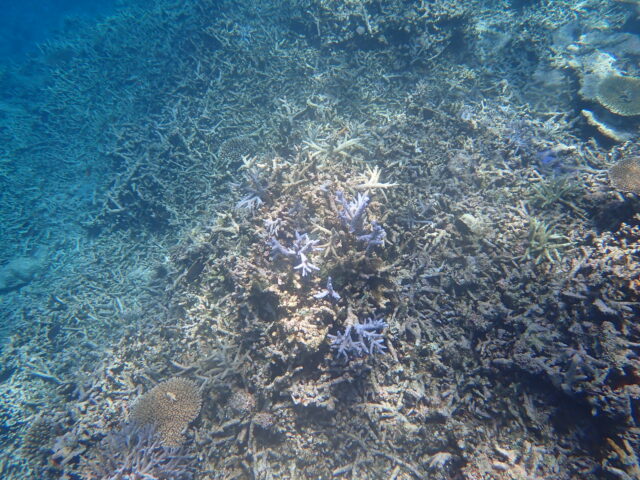
Iriomote Island is an island in Okinawa Prefecture, surrounded by the sea, and has a rich marine environment.
Its waters are rich in coral reefs.
For example, the coral reef area between Ishigaki and Iriomote Islands, called Seokuseiko, is the largest coral reef area in Japan.
This area is designated as part of Iriomote Ishigaki National Park.
In addition, there are several other coral reefs in the sea surrounding Iriomote Island, which attract divers visiting Iriomote Island and other people who enjoy marine activities.
Where is Iriomote Island?
Iriomote Island is located about 2,100 km southwest of Tokyo, in what can be called the most southwesterly part of Japan.
Geographically, it is located at 24 degrees north latitude, about the same latitude as Taichung City in Taiwan.
It is about 430 km away from Naha City on the main island of Okinawa, but very close to Taiwan since it is only about 200 km to the east of Taiwan.
Actual condition of corals found in Iriomote Island
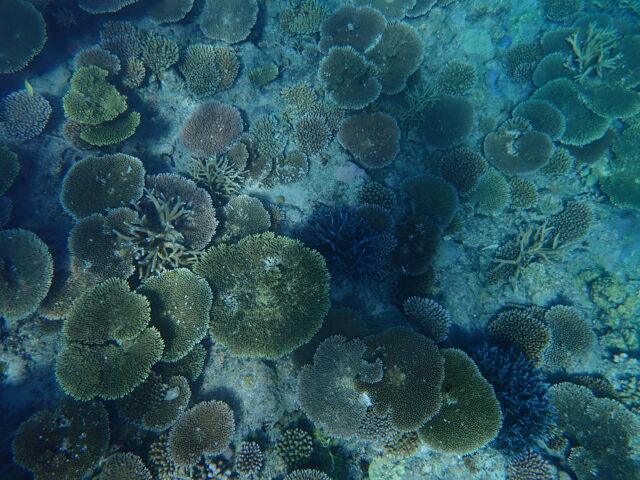
From here, we will introduce the actual coral found on Iriomote Island.
Coral and coral reef are similar words, but do they refer to the same thing or to different things?
There are two types of corals: reef-building corals and non-reef-building corals.
The corals that make up coral reefs are called "reef-building corals." Reef-building corals have hard bones and live in groups.
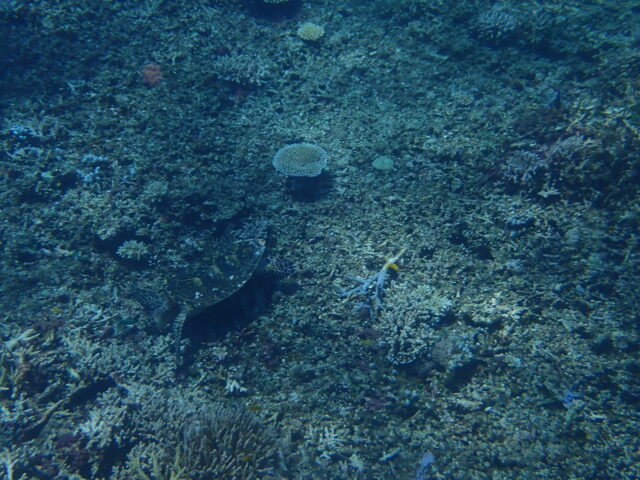
Corals that do not form reefs are called "non-reef-building corals" and live on their own.
A coral reef is the topography created by the bones of reef-building reef-building corals, which are among the creatures known as corals. The hard bones of the reef-building corals will also survive even if the corals die.
New corals attach and grow on these bones, the newly attached corals eventually die, and new corals attach and grow on the bones left behind by the corals, and so on and so on.
Through this repetition, the coral reef grows larger and larger as it piles on top of each other.
Over the years, the repeated life and death of many corals has created the topography of coral reefs.

The coral reefs of Iriomote Island have become a very important place for a wide variety of marine life.
For example, it supports the underwater ecosystem of Iriomote Island as a spawning place for fish and a hiding place for young fish to protect themselves from foreign enemies and grow up.
Coral reefs have played an important role for the people living on Iriomote Island.
It is an important part of the island's diet, including the fish that live around the coral reefs.
The beautiful sight of coral reefs also attracts not only the people living on Iriomote Island but also divers from all over the world, giving them a sense of peace and tranquility.
Coral bleaching due to global warming

Despite these diverse roles, coral reefs have recently been experiencing a "bleaching phenomenon," which has raised concerns about coral reef formation and coral growth.
Bleaching is a phenomenon in which zooxanthellae, which have a symbiotic relationship with coral, are shed from the coral, resulting in the coral skeleton becoming transparent and appearing white.
As bleaching progresses, corals die.
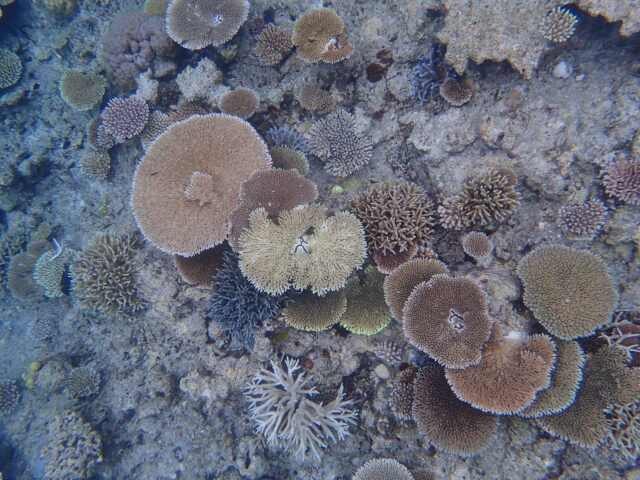
If this phenomenon becomes widespread and progresses, it is said to have a major impact on coral reef ecosystems, causing them to collapse. One of the possible causes of the bleaching phenomenon is rising seawater temperatures.
Global warming is said to be progressing, and sea water temperatures are said to be rising, which is said to be causing the phenomenon of coral bleaching. The mechanism of the bleaching phenomenon itself is not completely understood.
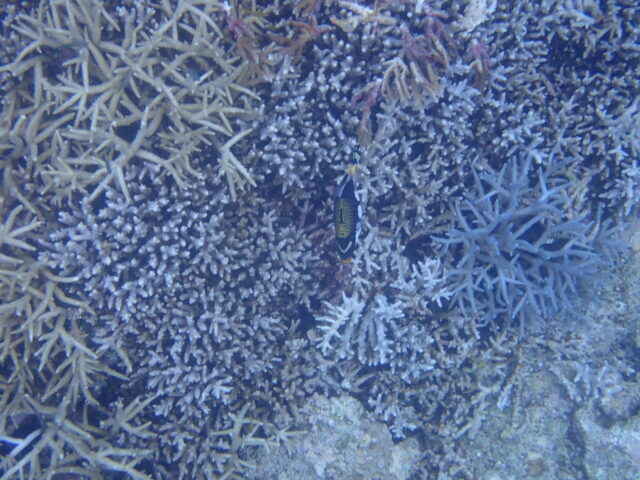
Some leading ideas include the following.
Rising sea temperatures weaken the zooxanthellae growing within the coral, and the coral's ability to expel these weakened zooxanthellae fails to keep pace, resulting in a decrease in healthy zooxanthellae from the coral's body and a decrease in density, causing the coral skeleton to appear transparent and white.
In any case, the major environmental change of global warming will have a significant impact on corals.
Although many corals are experiencing bleaching, there are some reassuring findings, such as that the percentage of corals that have died from bleaching has been decreasing in recent years.
Activities to see coral reefs in Iriomote Island
If you visit Iriomote Island, we recommend that you see these precious coral reefs in person.
Here are some activities that allow you to actually see the coral reefs.
Iriomote Island Snorkeling
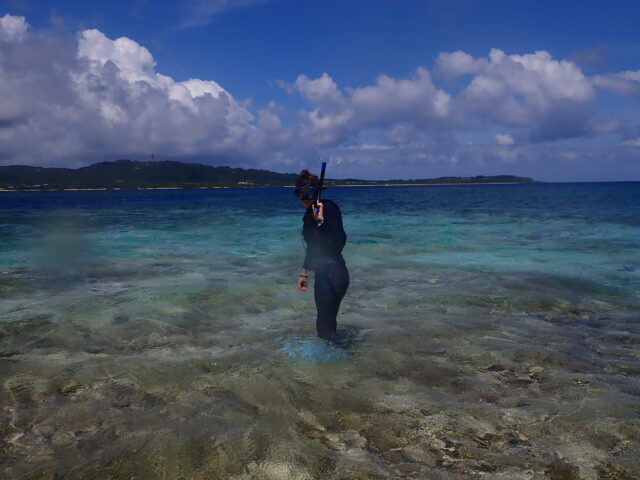
Among marine activities, snorkeling is one of the easiest and most enjoyable.
The clear waters of Iriomote Island are ideal for snorkeling.
Because coral reefs are often relatively shallow, snorkelers can observe their grandeur and richness of color.
The best part of snorkeling in Iriomote Island may be the clear view of colorful corals shining in the sunlight at shallow depths where the sun's rays can easily reach them.
Iriomote Island Diving
Of the coral reefs of Iriomote Island, those of Ishinishi lagoon are located in relatively deep water.
Diving, which allows you to go deep underwater, is recommended to take a closer look at these coral reefs.
We invite you to experience the power and beauty of Japan's largest coral reef area up close and personal.
Barras Island, an island made of coral

A piece of coral is called a barras.
As its name suggests, Barras Island is made entirely of coral fragments.
There are many coral reefs around the island, and it is believed that the island was formed by the accumulation of these fragments.
Barras Island would have another name for the Island of Miracles.
This is because they can appear and disappear depending on the tide level.
Therefore, it is an island that does not exist on maps.
Let's go to Barasu Island by tour!

Barasu Island is located between Iriomote Island and Hatoma Island.
It is recommended to join a tour by boat from Uehara Port in Iriomote Island.
This is because the best way to enjoy the miracle island of Baras is to visit with a guide who knows when it is possible to land on the island.
In the waters around Barras Island, the chances of encountering sea turtles are high.
If you are on a tour, you may have a better chance of encountering sea turtles.
To enjoy the coral reefs of Iriomote Island forever
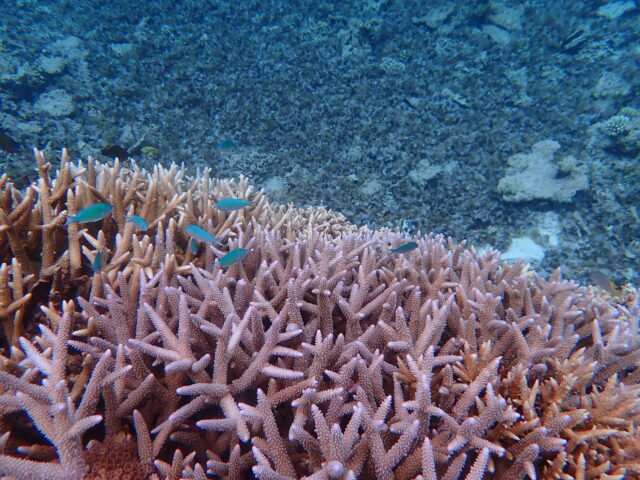
The coral reefs of Iriomote Island, whose ecosystems have been severely affected by global warming and other factors, are globally valuable.
Therefore, it is important to avoid stressing the coral reefs as much as possible.
What we need to do to coexist with coral reefs, which bring us peace and abundance, for many years to come is actually quite simple.
Do not touch or step on it unnecessarily
You may be tempted to touch it because it is so beautiful and majestic.
However, corals are living creatures, so be careful not to touch or step on them without care.
This is because external stimuli can stress corals and strong forces can kill them.
Always take your trash with you.
Be considerate of the marine environment.
Simply being aware of the importance of always taking trash home with you will prevent damage to the marine environment.
summary
The sea surrounding Iriomote Island is rich in coral reefs.
The variety of coral species inhabiting the area is among the best in the world.
Furthermore, Ishinishi lagoon, located between Ishigaki and Iriomote Islands, is the largest coral reef area in Japan.
Barasu Island, an island made of only pieces of coral, can also be reached from Iriomote Island.
Iriomote Island is the most suitable place to enjoy coral reefs.
To safely enjoy the coral reefs and the environment surrounding them, it is recommended to take a tour.
In recent years, coral ecosystems have been changing, partly due to global warming and other factors.
When visiting for sightseeing, be sure to take your garbage home with you so that you can enjoy the coral reefs for many years to come.

